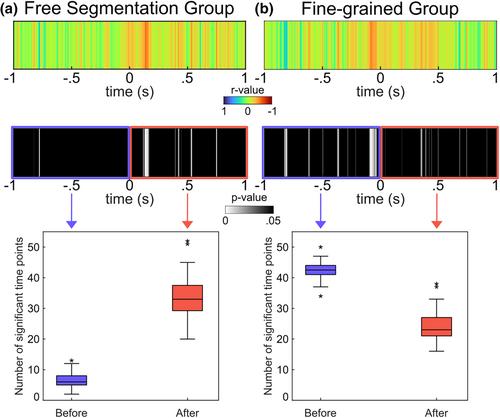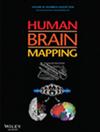During our everyday life, the constant flow of information is divided into discrete events, a process conceptualized in Event Segmentation Theory (EST). How people perform event segmentation and the resulting granularity of encapsulated segments likely depends on their metacontrol style. Yet, the underlying neural mechanisms remain undetermined. The current study examines how the metacontrol style affects event segmentation through the analysis of EEG data using multivariate pattern analysis (MVPA) and source localization analysis. We instructed two groups of healthy participants to either segment a movie as fine-grained as possible (fine-grain group) or provided no such instruction (free-segmentation group). The fine-grain group showed more segments and a higher likelihood to set event boundaries upon scene changes, which supports the notion that cognitive control influences segmentation granularity. On a neural level, representational dynamics were decodable 400 ms prior to the decision to close a segment and open a new one, and especially fronto-polar regions (BA10) were associated with this representational dynamic. Groups differed in their use of this representational dynamics to guide behavior and there was a higher sensitivity to incoming information in the Fine-grain group. Moreover, a higher likelihood to set event boundaries was reflected by activity increases in the insular cortex suggesting an increased monitoring of potentially relevant upcoming events. The study connects the EST with the metacontrol framework and relates these to overarching neural concepts of prefrontal cortex function.



